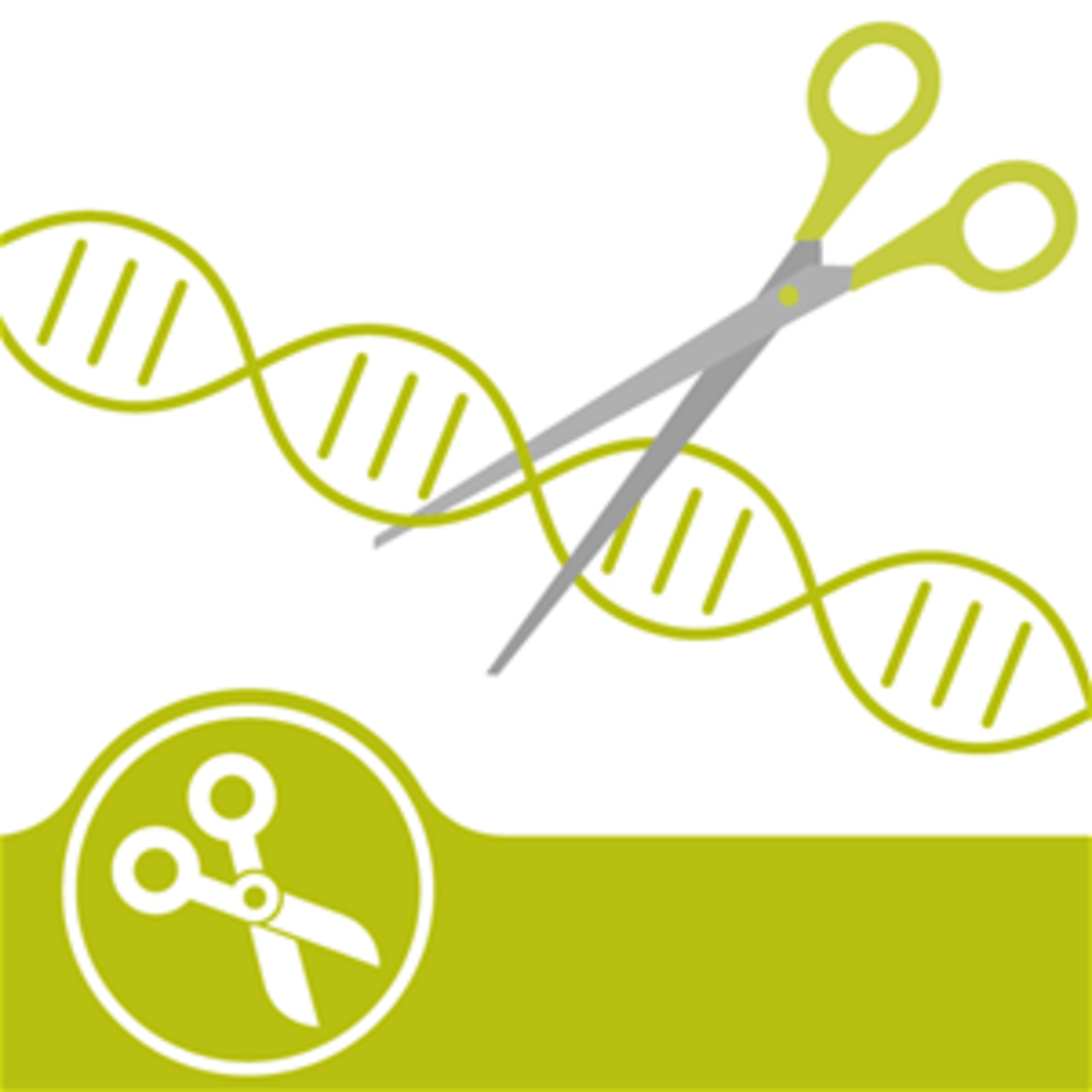As ever, the CRISPR field moves at an astonishing speed. Two recent publications in Science and Nature underscore this point. The first publication deals with "conventional" targeting of nuclear DNA and demonstrates that Cas9 nuclease variants can be generated which have almost no dependency on a PAM site anymore. These novel Cas9 variants are extremely versatile and hold the promise of being able to edit virtually any site within the genome. The second paper goes a step further and describes an approach to targeting hitherto inaccessible DNA: the mitochondrial genome. Using an ingenious way to combine split proteins into an active editing complex the researchers were able to introduce precise edits into mitochondrial DNA.

In the first paper, scientists from the group of Benjamin Kleinstiver at the Massachusetts General Hospital demonstrate that using guided engineering strategies, novel Cas nuclease variants can be generated. In itself, this nothing new - but the newly evolved Cas nucleases have a considerably broader spectrum than previous variants. Going through several rounds of structure-guided engineering they created a near-PAMless variant named SpRY, capable of targeting almost all PAMs. It exhibits robust activities on a wide range of sites with NRN (where R= A or G) PAMs in human cells, and lower but still substantial activity on those with NYN (where Y = C or T) PAMs.
In experiments with the SpRY variant, the researchers compared the on-target editing of WT SpCas9 and SpRY across 64 sites harboring NANN and NGNN PAMs. Whereeas WT SpCas9 preferred NGG>NAG>NGA PAMs, SpRY was more effective than WT at targeting all sites encoding NRN PAMs (except for sites harboring canonical NGG PAMs).
The second publication is from researchers at the Broad Institute and the University of Washington School of Medicine. They have identified a bacterial toxin that allows for base editing of mitochondrial DNA without the need for a classical CRISPR-Cas system. Since CRISPR-based genome editing in general requires a guide RNA (gRNA), its application to mitochondrial DNA has been hindered by the challenges associated with delivering a gRNA into mitochondria.
To overcome this limitation the Broad and Washington groups identified an interbacterial toxin — which they named DddA — that catalyzes the deamination of cytidines within double stranded DNA. They engineered split halves of DddA that were non-toxic and inactive until brought together on target DNA by adjacently bound programmable DNA-binding proteins. Fusions of these split halves with transcription activator-like effector array proteins and an uracil glycosylase inhibitor resulted in RNA-free DddA-derived cytosine base editors (DdCBEs) that catalyzed C-G to T-A conversions in human mtDNA with high target specificity and product purity.
This approach has a distinct advantage over CRISPR because it eliminates the need for a guide RNA since the DdCBE construct can be efficiently imported into mitochondria. "Additional research will be needed to fully elucidate the principles that govern the efficiency and specificity of DdCBE," the authors note. "Developing in vitro and in vivo strategies to deliver DdCBEs will be essential for exploring their therapeutic potential in other cell types and in animal models of mitochondrial diseases."
References
Walton et al. (2020) Science: Unconstrained genome targeting with near-PAMless engineered CRISPR-Cas9 variants. DOI: 10.1126/science.aba8853
Mok et al. (2020) Nature. A bacterial cytidine deaminase toxin enables CRISPR-free mitochondrial base editing. DOI: 10.1038/s41586-020-2477-4
